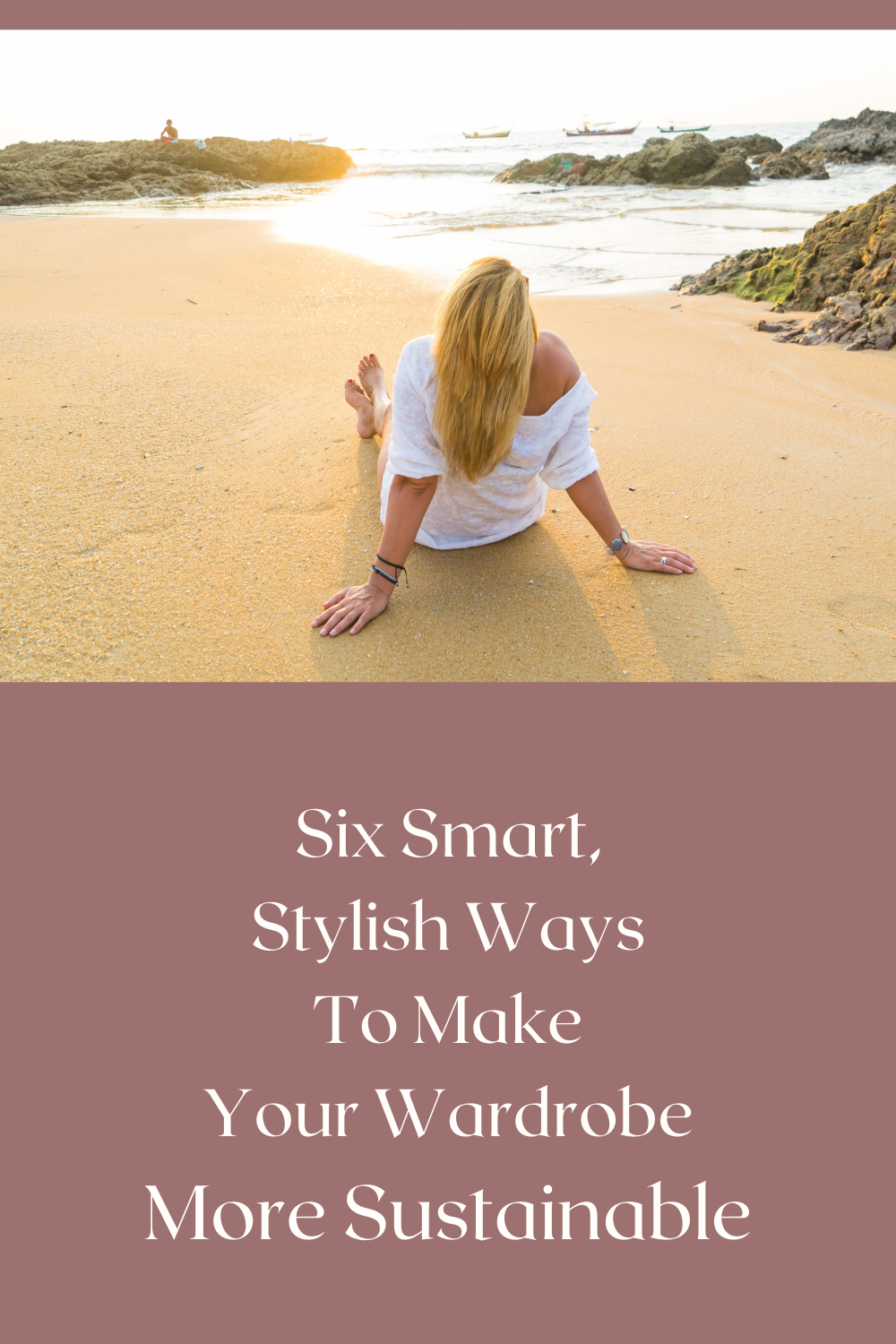|
Apparently, some folks love to iron their clothes. I'm not one of them, and since you clicked somewhere to read this I don't imagine you fit into this category either! At the same time, wearing creased, wrinkly clothing can be socially awkward or even downright embarrassing, but all wrinkle-free fabrics are heavily treated by chemicals to make them that way. So what is a sustainable fashionista to do? Here are five great tips for looking your best, naturally: 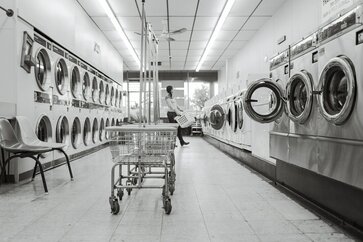 Image by Ryan McGuire from Pixabay 1. It all starts with the laundry load. You've probably been told before about sorting your laundry by colour, but did you know that also sorting by weight and fabric content can help keep wrinkles out of your clothes? It's true! But most importantly, don't overfill your washing machine and go easy on the spin cycle. 600rpm is enough to remove 30-40% of moisture, and that's all you need for an aerated clothesline. 2. Unload correctly. Now that your clothes are clean, make sure you take them out of the washing machine right away. If not, they'll start drying out in their crumpled positions and creases will set in. When you remove items from your washing machine, give each one a sharp snap and shake before placing it on a proper hanger or a clothesline. For shirts and blouses, the seams, cuffs, collars and button plackets can be pulled straight to smooth out the wrinkles. For items that you don't want to hang, snap-straighten them and hand press on a flat counter. Then, fold the item neatly while continuously pulling any seams or edges straight. If it's gotten too dry, you can fine spray a little water to help relax the fibres, but don't let the clothing get too wet. 3. Keep drawers and closets organized. I know, it can be hard to resist the urge to just cram everything back into drawers, especially after a long day. BUT, if you can get into the habit of hanging up or folding your clothes neatly after washing or wearing, you'll end up with a lot fewer wrinkles to worry about. 4. Adopt a last minute technique. Even with the best of intentions, any one of us could slip up on those first three tips since they all involve planning ahead. The good news? You still have options for last minute wrinkle-removal. a. Hang up wrinkly items in the bathroom, run a hot shower, and let them steam. b. Wet a white cotton towel, wring out the excess water, toss the towel and wrinkled item in the dryer and set to tumble dry for 5 minutes. c. Invest in a home steamer. I actually have an industrial one at home and even that doesn't take up a tonne of space, but you can get an even smaller hand-held steamer that costs even less. 5. Iron out your thoughts.
Not with an actual iron, of course, I mean figuratively. If your clothing wrinkles, it just means that it's made with natural fibres and not treated with harsh chemicals. Just like the ageing process can leave wrinkles on our skin, creases in clothing is perfectly natural and nothing to be ashamed of. Going against societal expectations can be tough, but if you can get to the point where a few wrinkles here and there don't bother you so much, and even to a point of pride in why those wrinkles are there in the first place, you might just be the inspiration society needs to change it's expectations so we can all enjoy a more sustainable wardrobe, and a more sustainable world. Do you have a great tip for keeping wrinkles out of clothing that I missed? Let me know below!
7 Comments
Doing things differently, even when it's for a great goal like contributing to a more sustainable future, can sometimes feel like a lonely endeavour.
To build a better world, it's so important to stay curious and ask questions, but the status quo doesn't like to be challenged. Have you ever gotten the message from others that you're being "difficult" for asking questions, doing things differently, or even just setting personal boundaries? I have. That's why when I recently came across this quote by the anthropologist, environmentalist, and living legend Jane Goodall, I instantly remembered that I am far from alone. There are a LOT of us who have questions and want answers. A lot of us who, when the status quo is harmful or destructive, want to help change that. If that's all it takes to be called “difficult”, then I embrace that label with open arms. Go on, try me ✨ Loved clothes last! There are so many things we can do to extend the life of our clothing, saving us time and money while reducing our carbon footprint too. Get into some of these good habits below:
1. Wash less. Your clothing might not need to be washed as often as you think! Jeans, for example, should only be washed every six weeks according to experts. You can be the expert in determining when your clothes next need a wash. Put them through a sniff test first! 2. Wash without overstuffing your machine. Overstuffing your washing machine causes clothes to rub against each other in the wash, and this friction wears down the fabrics. When loading your machine, make sure that the washer tub is no more than three quarters full. For a front-load machine, your clothes can be piled high but shouldn’t be crammed past the last row of holes. 3. Use less detergent. Using too much detergent is not only a waste of money, but it will also leave residue that can damage your washing machine AND your clothing! So how much is too much? Most of it. You only need about two teaspoons of liquid detergent, or two tablespoons of powdered detergent. You can also ditch detergent completely and use laundry balls instead. They alter the pH balance of the water as an alternate method for cleaning. I got mine from Les Gargouilles a few months ago and they’re not paying me for saying so but I’m very happy with them! 4. Wash clothing inside out. Even when you’re not overstuffing your washing machine, your clothing will be more protected when it’s washed inside-out. This will help preserve their colours, prevent lint and pilling on the outside, and protect decorative elements from damage. 5. Use a delicates bag. Mesh laundry bags are essential for keeping delicates like bras and underwear safely away from friction in your washing machine. But did you know they can also be used for items with “hand wash” and “dry clean only” instructions? They’re also a brilliant idea for keeping sock pairs together. Just make sure when using laundry bags that they’re not too full and have lots of room to slosh around in the washer. 6. Don’t dry clean too often. “Dry cleaning” is actually a misnomer. While the process does not use water, it does involve processing clothing in a chemical liquid solvent. This solvent (called perchloroethylene or “perc” for short) is used by around 80% of dry cleaners today even though it’s been flagged as an environmental and health hazard. Needless to say, harsh chemicals will also cause wear and fading in clothing. There are alternatives, of course! Track down a Green Dry Cleaner, invest in a clothing steamer, use a delicates bag in a front loader washing machine, or simply hang the item(s) up in the bathroom when you shower to refresh them with steam. 7. Use a clothesline or drying rack. Not only is a clothesline or drying rack more friendly to your electricity bill, they will also help you avoid overheating and possibly shrinking your garments in the dryer. Air-drying is particularly important for activewear, swimsuits, and anything elasticized, as heat from the dryer will break down the fabric and cause unwanted stretching. But it will help extend the life of all your other clothing, too! Shopping online is convenient, exciting, and a powerful way to support independent businesses through the pandemic months (thank you!!).
But I think we've all had that moment of utter disappointment when our new favourite style arrives at our doorstep, and ... it doesn't fit (insert wails of sadness). Not only is it discouraging to not have the thing we wanted to have, but we also now have to return it. Returns are at best a small inconvenience, and at worst, a terrible drain on the environment. If you don't know how to take your body measurements correctly, you're not alone! It's not like they teach this at school, right? Here are the right ways to take your measurements and have more success with your online purchases: What you'll need A "good enough" tape measure. Weirdly, not all tape measures are accurate. If yours is from the Dollar Store, for example, check it against a ruler or another tape measure. If they are giving you the same information, it's probably accurate. Taking Your Measurements Bust: This measurement is for the fullest part of your bust. Take your tape measure under your armpits, and pull it as close as you can without flattening your boobs. Round up to the nearest inch. Waist: This is your natural waistline, which is generally the smallest part of your waist. Make sure you're standing up straight! Again, round up to the nearest inch. Hips: This measurement is for the fullest part of your hips. To get an accurate measurement, make sure you're standing with your feet together. Hold your tape measure in a circle around you starting from your just below your waist (kind of like a tiny hula hoop), then slide it downwards letting it out until you find the fullest point. Once again, round up to the nearest inch. Inseam: This only matters for pants, but if you know your inseam you'll also be able to get a good idea of where skirts will fall on your body. To find this measurement, take your tape measure from your crotch and down the inside of one leg. This can be a little tricky to do properly yourself. If there's nobody around to help you, try tucking the tape measure into your sock and measuring upwards to your crotch. Extra tips:
I hope this helps you get the information you need to shop online with confidence. Here's to your online shopping success! In Joy, Lisa |
AuthorI'm Lisa. I create sustainable clothing and think about stuff. ArchivesCategories |
Get inspired to fashion sustainability with my FREE guide!
Looking good feels even better when you know you're making a difference.
Get my six best tips below!
Looking good feels even better when you know you're making a difference.
Get my six best tips below!

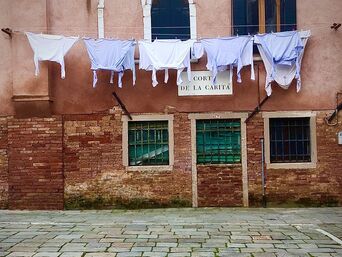
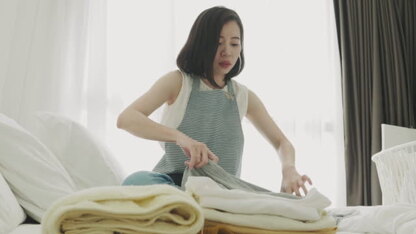
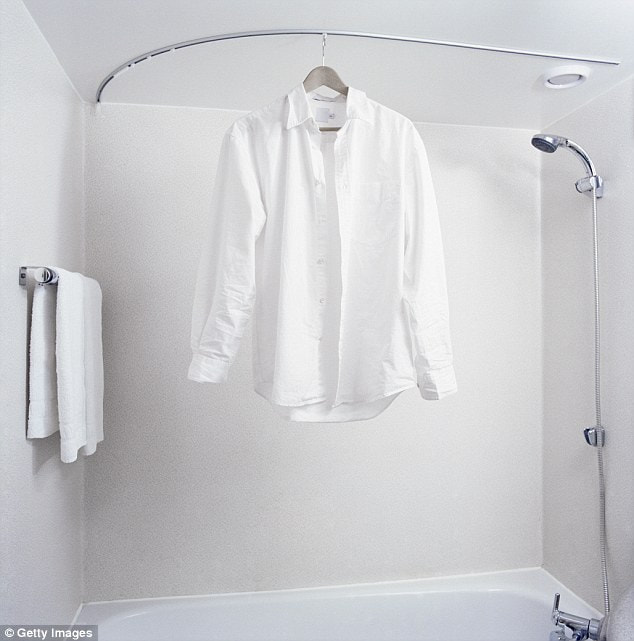
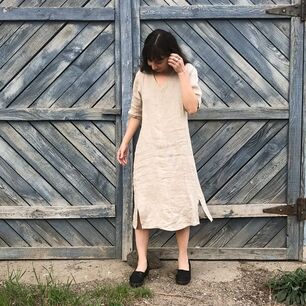
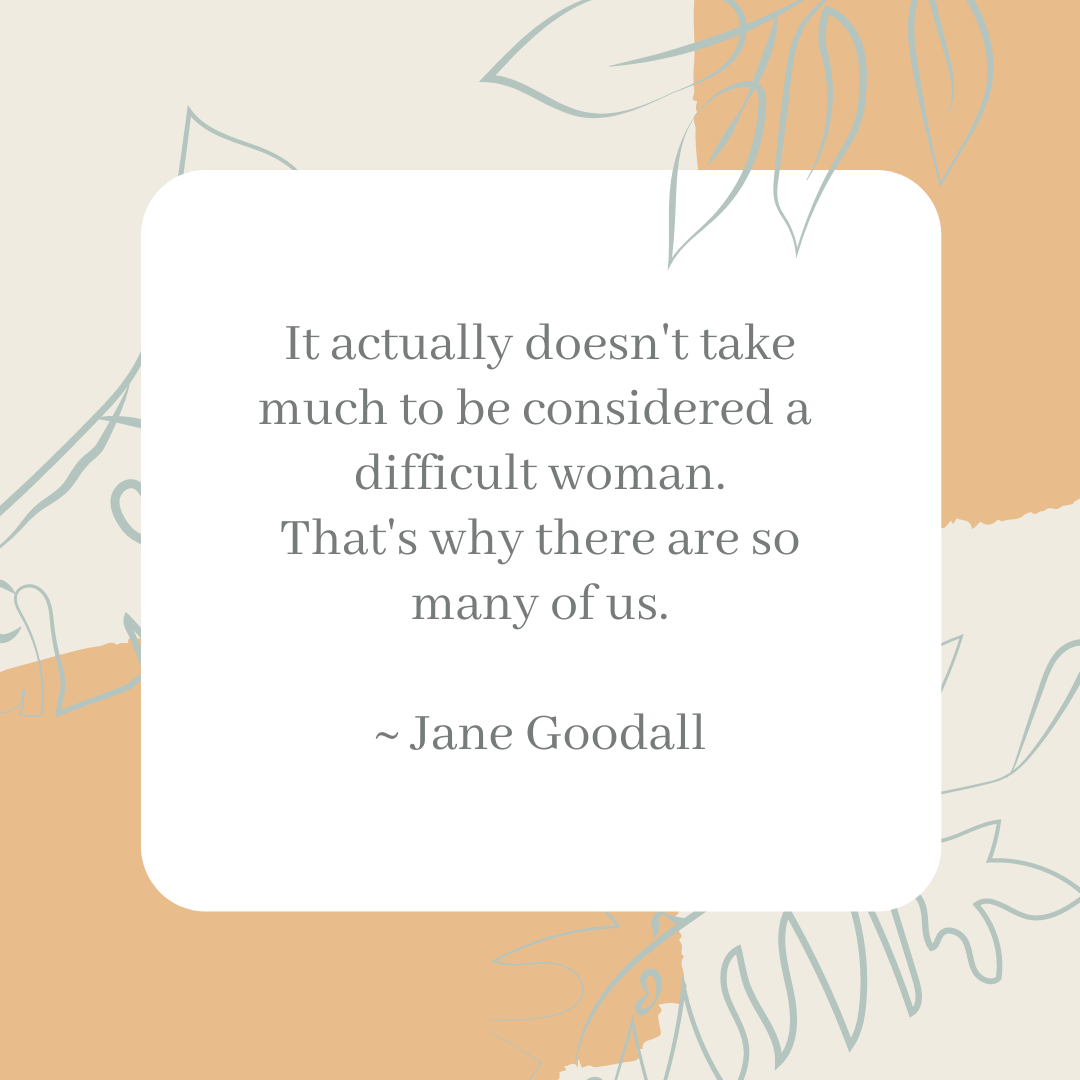
 RSS Feed
RSS Feed
